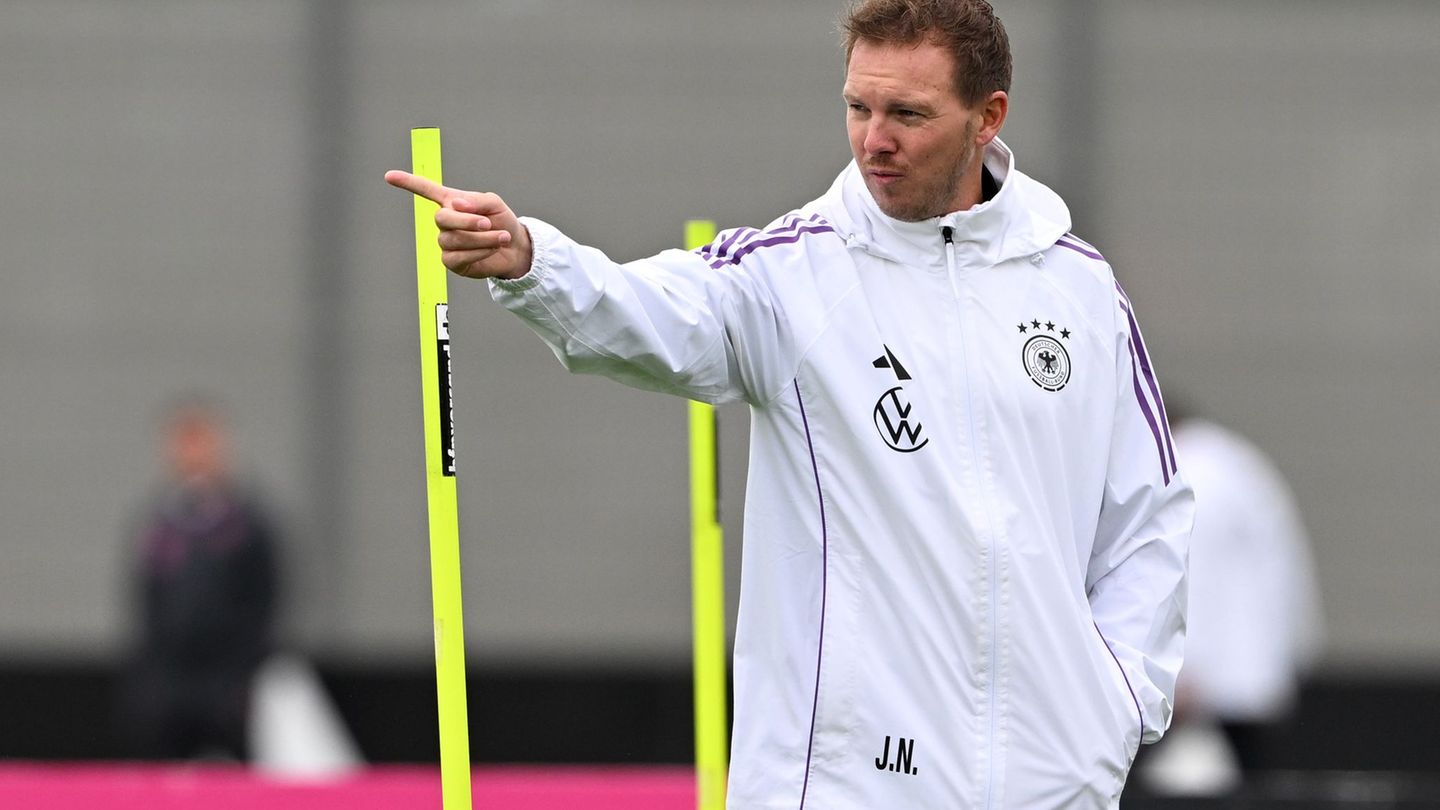30 km/h in urban areas, including on priority roads – this can be implemented more easily with the new road traffic regulations. From an initiative perspective, however, the limits for speed limits are still too narrow.
Even after the amendment to the road traffic regulations, one initiative believes that the hurdles for speed limits in German cities remain too high. There is still a great need for action, said Leipzig’s construction mayor and spokesman for the “Livable Cities through Appropriate Speeds” initiative, Thomas Dienberg (Greens), to the German Press Agency. According to him, more than 1,100 cities, municipalities, districts and regions have now joined the initiative, which was founded around three years ago. These include primarily municipalities from Bavaria, Baden-Württemberg and Hesse, but also from other federal states.
The great response to the initiative speaks for the non-partisan nature of the alliance, said Dienberg. Large cities as well as smaller and medium-sized communities and cities are represented. They want to ensure that the local road traffic authorities are left to decide where they want to introduce speed limits such as 30 or 40 km/h. This is still subject to certain conditions, and even if there are simplifications, the initiative still believes there is not enough scope.
High effort as a brake block
The effort required to justify appropriate orders, for example on noise protection, is still high, said Dienberg. The necessary reports cost a lot of money and tied up staff. It is also still difficult to implement speed limits based on urban planning arguments, for example because people live in a place, want to run errands or spend their free time there. Dienberg particularly referred to smaller towns and communities that are located on thoroughfares. Commuter and heavy goods traffic often rush through the middle of the town center. It is incomprehensible why, in such cases, a speed limit of 30 km/h is not possible from the entrance to the exit of the town.
However, the initiative is not about a nationwide introduction of 30 km/h speed limits in urban areas, as Dienberg emphasized. Rather, municipalities should be given the opportunity to set speed limits independently where they believe it makes sense and benefits citizens. The municipalities are supported in exploring and using appropriate scope.
Setting speed limits should become easier
At the beginning of July, the Federal Council approved new regulations in road traffic law. Accordingly, the arrangement of 30 km/h zones should be easier, not only on side streets, but also on priority streets. Specifically, this applies to streets near playgrounds. In the case of schools, such speed limits are not only possible directly in front of them, but also on highly frequented school routes. Gaps between two 30 km/h zones should also be closed more flexibly so that traffic flows more easily.
In order to support innovative concepts, the German Transport Planning Prize, organized by the Ecological Transport Club of Germany (VCD) and the Association for Urban, Regional and State Planning (SRL), will be awarded in Frankfurt in the evening. This year the award’s motto is “Livable street spaces through adapted speeds”.
Source: Stern




